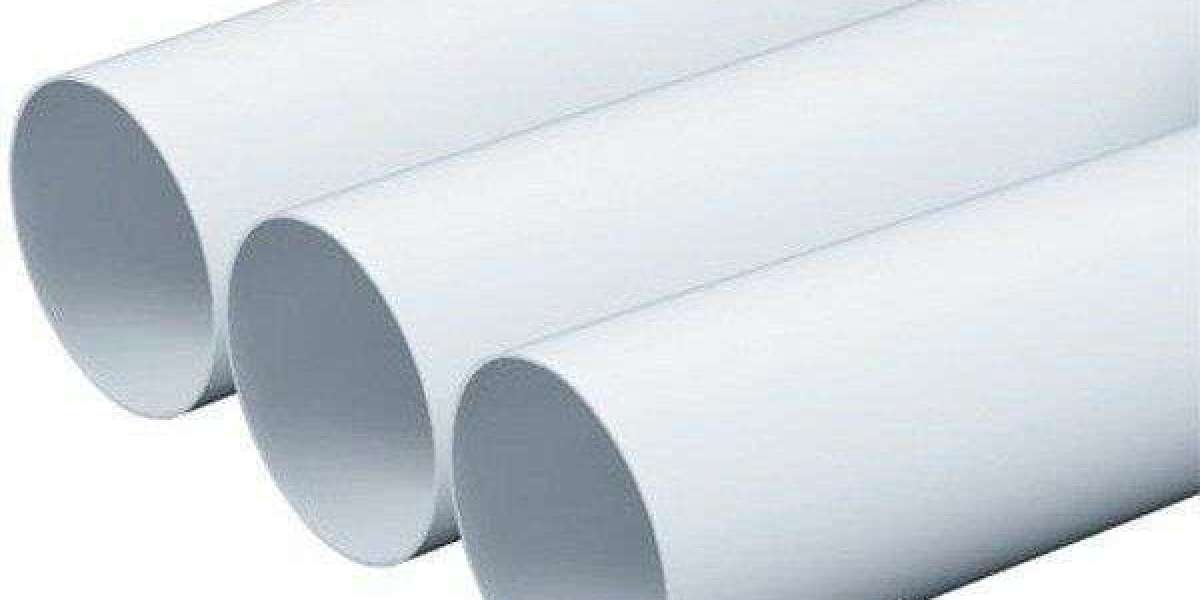Plastic ducting supplies are increasingly used in HVAC (Heating, Ventilation, and Air Conditioning) systems for both residential and commercial applications. While plastic ducts offer several advantages, they also come with limitations that can affect system performance, cost, and installation. Understanding these benefits and limitations helps in making informed decisions about their use in HVAC systems.
Benefits of Using Plastic Ducting Supplies
Cost-Effectiveness
Initial Cost: Plastic ducting is generally more affordable than metal ducting materials like galvanized steel or aluminum. The lower material costs make plastic ducts a cost-effective option for budget-conscious projects.
Installation Cost: The installation process for plastic ducting is often less expensive due to the lightweight nature of the material. Plastic ducts are easier to handle, cut, and join compared to heavier metal ducts, which can reduce labor costs during installation.
Lightweight and Easy to Handle
Handling: Plastic ducts are much lighter than metal ducts, making them easier to transport and handle on-site. This lightweight property allows for simpler and quicker installation, which is beneficial for both residential and commercial applications.
Flexibility: Many plastic ducting products are flexible, which allows for easy routing through tight spaces and around obstacles. This flexibility simplifies the installation process in complex or confined areas.
Corrosion Resistance
Durability: Plastic ducts are highly resistant to corrosion and moisture, which makes them suitable for environments where metal ducts might rust or degrade. This resistance helps maintain the integrity of the ductwork over time, especially in humid or damp conditions.
Longevity: The durability of plastic ducts extends their lifespan, reducing the need for frequent replacements or repairs and thereby lowering long-term maintenance costs.
Low Thermal Conductivity
Insulation: Plastic ducts generally have lower thermal conductivity compared to metal ducts, which means they are less likely to experience heat loss or gain. This can help maintain the temperature of the air being transported and improve the energy efficiency of the HVAC system.
Energy Efficiency: Reduced thermal conductivity helps keep conditioned air at the desired temperature, potentially leading to energy savings over the lifetime of the HVAC system.
Smooth Interior Surfaces
Airflow Efficiency: Plastic ducts often have smooth interior surfaces that reduce friction and resistance to airflow. This smooth surface helps maintain efficient airflow, which can improve the overall performance of the HVAC system.
Maintenance: Smooth surfaces are also easier to clean, which helps maintain good air quality and system efficiency.
Limitations of Using Plastic Ducting Supplies
Lower Strength and Durability
Physical Damage: While plastic ducts are resistant to corrosion, they are not as strong or durable as metal ducts. They can be more susceptible to physical damage, such as cracking or breaking under impact.
Structural Support: Plastic ducts may require additional support or reinforcement to prevent sagging, especially for larger or longer duct runs. Inadequate support can lead to decreased airflow efficiency and potential damage.
Temperature Limitations
Heat Tolerance: Plastic ducts have lower temperature tolerance compared to metal ducts. High temperatures can cause the plastic to warp or degrade. This makes plastic ducts less suitable for applications with high-temperature air, such as some commercial or industrial HVAC systems.
Fire Resistance: Plastic ducts are generally less fire-resistant than metal ducts. While many plastic ducting products are manufactured with flame-retardant properties, they are not as inherently fire-resistant as metal ducts.
Potential for Off-Gassing
Indoor Air Quality: Some plastic ducting materials can off-gas volatile organic compounds (VOCs) over time, which may affect indoor air quality. Choosing products that are certified low-VOC or have been tested for safety can help mitigate this issue.
Health Considerations: Off-gassing can be a concern in environments where high indoor air quality is critical, such as hospitals or schools.
Limited Applications
Usage Restrictions: Plastic ducting is often not suitable for applications requiring high-pressure airflows or extreme conditions. For these applications, metal ducting might be more appropriate due to its higher strength and heat tolerance.
Regulatory Requirements: Building codes and regulations may restrict the use of plastic ducts in certain applications. It is important to verify that plastic ducts meet local building codes and standards for the specific HVAC system being designed.
Environmental Impact
Recycling Challenges: Plastic materials can be challenging to recycle, and their environmental impact may be greater compared to recyclable materials like metal. Consideration of the lifecycle environmental impact of plastic ducting is important for environmentally conscious projects.
Impact on System Performance, Cost, and Installation
The benefits and limitations of plastic ducting supplies directly influence the performance, cost, and installation of HVAC systems:
Performance: Plastic ducts can improve performance through cost-effectiveness, easy handling, and low thermal conductivity. However, potential issues with temperature limits and off-gassing must be considered for optimal performance.
Cost: Plastic ducting provides a cost-effective solution with lower material and installation costs. However, the need for proper support and potential long-term maintenance costs should be factored into the overall budget.
Installation: The lightweight and flexible nature of plastic ducts simplifies installation, making it suitable for residential and light commercial applications. For complex or high-demand applications, careful consideration of temperature limits and structural support is necessary.
In summary, plastic ducting supplies offer numerous benefits for HVAC systems, including cost-effectiveness, ease of installation, and corrosion resistance. However, they also have limitations such as lower strength, temperature constraints, and potential environmental impacts. By weighing these factors, HVAC professionals can make informed decisions about when and where to use plastic ducting to achieve the best balance between performance, cost, and installation efficiency.








